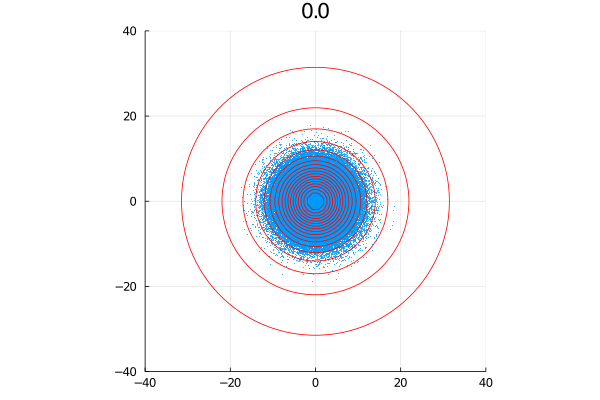Numerical Modelling
Assignments of PHY-3075 at UdeM
Showcase of different assignment projects done through my undergraduate study.
Higgs Boson Detection Simplified
Motivation
Identify the Higgs boson from sanitized data provided by CERN using a binary classifier
Description
- Build a lightweight framework to adapt the number of layers and nodes of a neural network
Results
Obtained the highest score
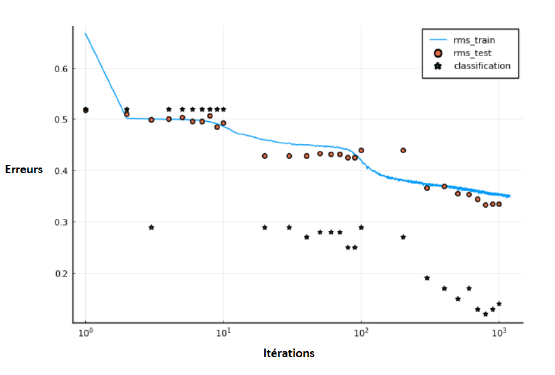
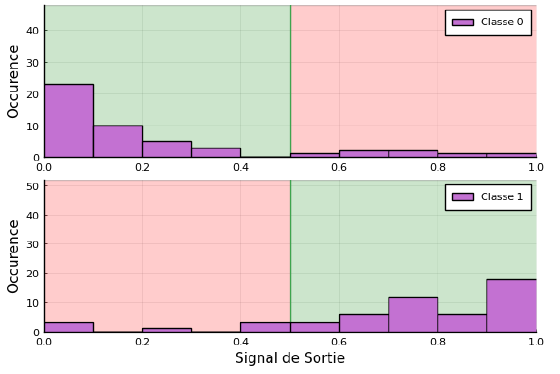
Origin of a Nuclear Accident
Motivation
Identify the origin of a nuclear accident from gas propagation through a simplified setting.
Description
- Implement a simple fluid simulation
- Build an optimization scheme
Results
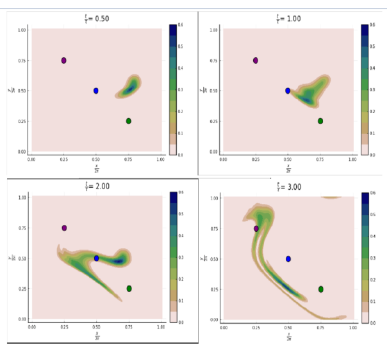
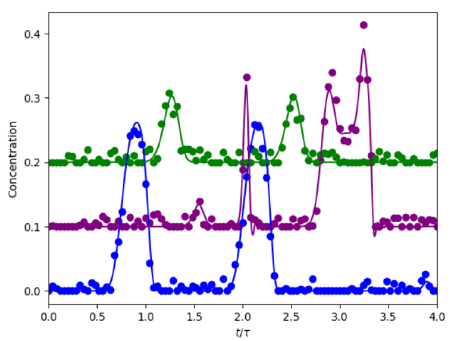
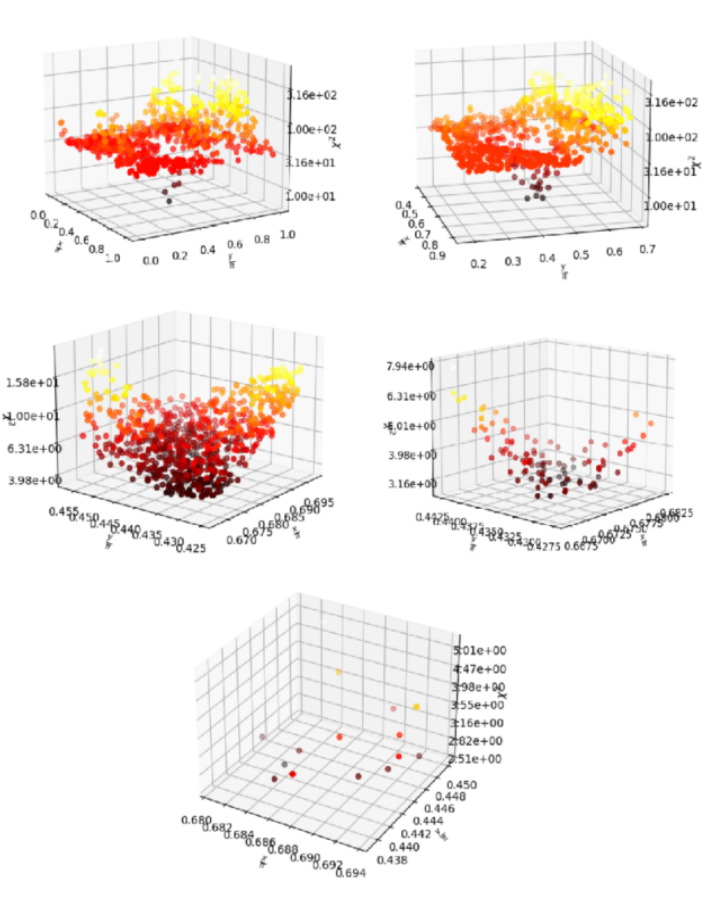
nu-Bootis Orbital Parametrization
Motivation
Improve convergence of a genetic algorithm to find the best parameters of the Kepler formula to fit observed data.
Description
- Implement a custom strategy for a genetic algorithm
Results
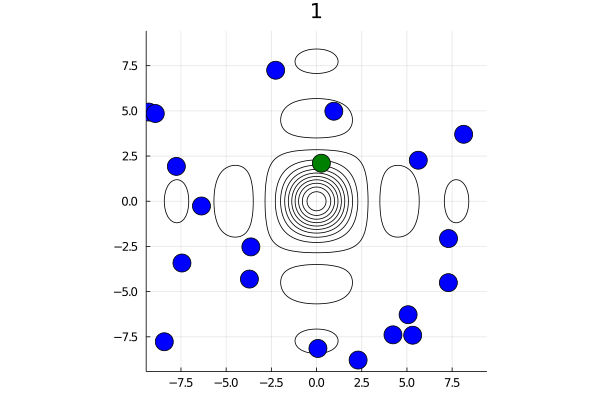
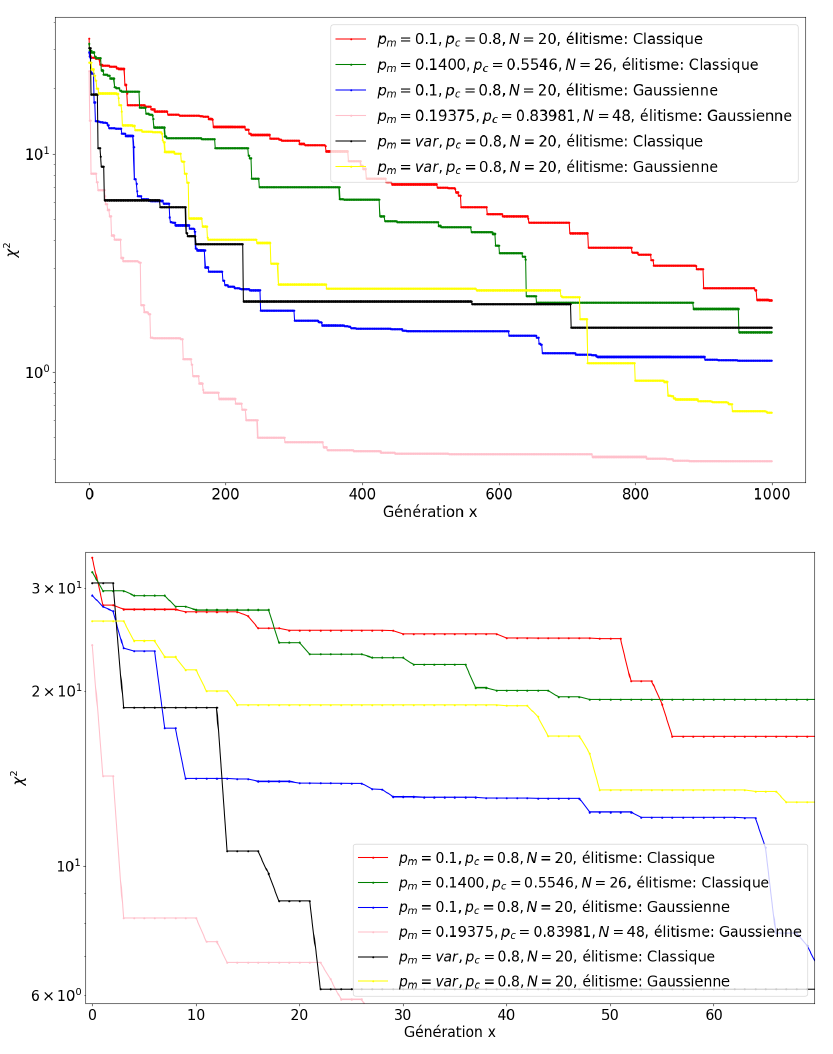
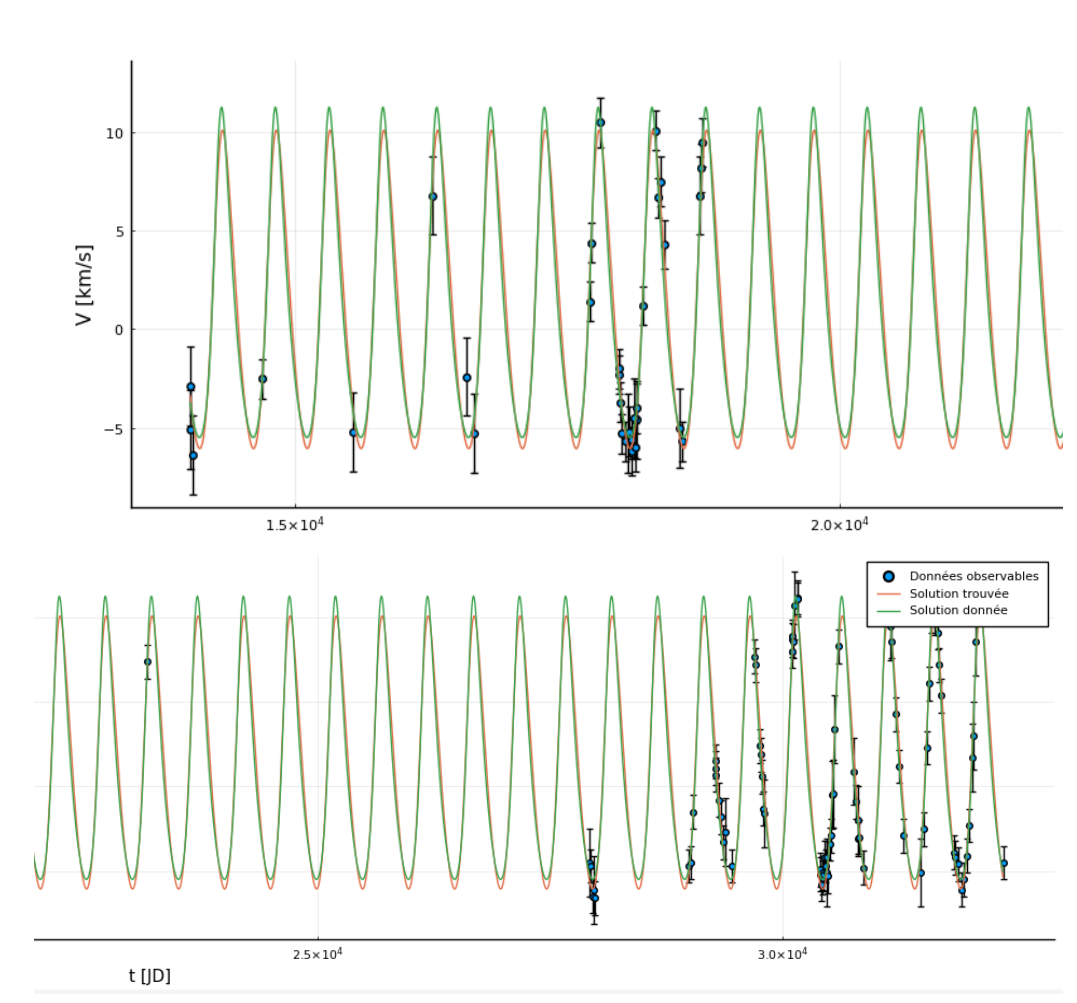
Dark Matters
Motivation
Enhance galaxy simulation by incorporating a dark matter halo to match experimental observation of gravitational potential.
Description
- Implement a small N-Body simulation
- Estimate the gravitational potential of a simulated galaxy
Results
